Typography plays a pivotal role in shaping the visual identity and user experience of websites, making it a cornerstone of modern web design. As we step into 2023, the evolution of typography trends continues to redefine how designers approach typefaces, fonts, and layouts. From enhancing readability to reinforcing brand identity, typography is not just about aesthetics—it’s a functional element that wields significant power over how users engage with digital content. With the rapid advancement of technology and shifting consumer preferences, typography trends are evolving to meet the demands of a multi-platform world. This edition delves into the latest innovations, exploring how these trends are reshaping web design and influencing user experiences across devices and screens.
Key Takeaways
- Minimalist Typography Dominates: Sans-serif fonts like Helvetica Neue and Roboto prioritize simplicity and readability, perfect for modern UIs.
- Gradient Backgrounds Enhance Visual Appeal: Pairing typography with gradient backgrounds creates striking yet balanced designs, often using soft pastel colors.
- Experimental Fonts Add Artistic Flair: Brush scripts and hand-drawn fonts bring a human touch to digital interfaces, offering unique visual appeal.
- Variable Fonts Enable Responsive Design: Utilizing CSS variable fonts allows for dynamic typography, ensuring designs adapt seamlessly across devices.
- Clarity Trumps Complexity: While intricate designs may attract attention, legibility remains crucial, ensuring information is easily digestible.
- Accessibility is Prioritized: Designers are choosing fonts that support screen readers, ensuring typography is inclusive and functional for all users.
- Custom Typography Reflects Brand Identity: Custom fonts and tailored typefaces are essential for creating cohesive and memorable online experiences, often sourced from platforms like Canva and Adobe Fonts.
- Geometric and Asymmetrical Designs Break Norms: Angular fonts and irregular spacing offer a modern aesthetic, facilitated by tools like Figma.
- Bold Gradients and Hand-Drawn Fonts Add Depth: These trends introduce dynamic, artistic touches, ideal for landing pages and promotional materials, utilizing Google Fonts.
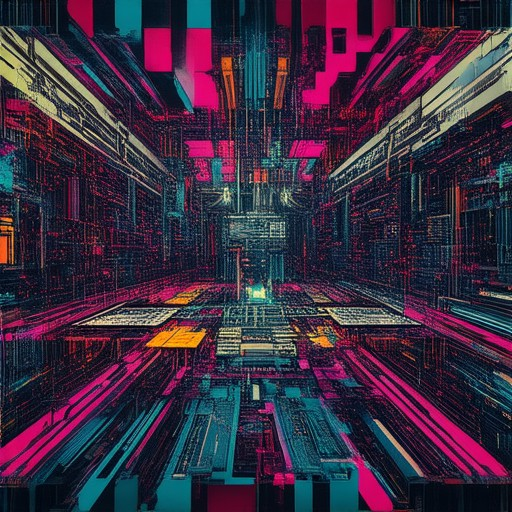
Typography Trends in Web Design
Typography plays a pivotal role in modern web design, shaping user experiences and brand identities. Here are the current trends dominating the scene:
- Clean and Minimalist Designs: Simplistic fonts like Helvetica and Playfair Display are favored for their readability and timeless appeal.
- Custom Fonts: Designers increasingly use custom typefaces created specifically for their projects via tools like Google Fonts and Font Squirrel.
- Handwritten Fonts: These fonts add a personal and artistic touch, ideal for logos and headings seeking a unique aesthetic.
- Gradient and Animated Text: Subtle gradients and animations enhance visual interest without overwhelming the viewer.
- Sans-Serif Fonts: Their simplicity and legibility make them a staple for web content, particularly in headlines.
- Contrast and Clash: Mixing different font styles creates an edgy, eclectic look that stands out.
- Micro-Typography: Detailed aspects like letter spacing and tracking elevate both functionality and aesthetics.
Tools and Platforms
- Adobe TypeKit: Offers a diverse library of fonts and syncing capabilities across devices.
- Google Fonts: Provides a vast selection with easy integration into various content management systems.
Competitors and Resources
- Smashing Magazine: A reputable source for typography insights and tutorials.
- CSS-Tricks: Known for detailed guides on web design techniques, including typography.
How Do Current Typography Trends Influence User Experience in Web Design?
Typography trends significantly influence user experience (UX) in web design by enhancing readability, aesthetics, and overall engagement. Here’s how they shape modern web design experiences:
- Improved Readability: Modern typography trends focus on clean, sans-serif fonts that are easy to read on screens. This includes fonts like Helvetica Neue and Roboto, which are designed for optimal legibility and reduce eye strain.
- Consistent Hierarchy: Clear typography hierarchy helps users navigate websites more efficiently. Larger, bold fonts for headings guide users to important sections, while smaller, lighter fonts for body text provide a seamless reading experience.
- Responsive Design Integration: Typography is often adjusted for different screen sizes, ensuring text remains readable and visually appealing across devices. This adaptability enhances the overall user experience.
- Web Font Accessibility: The use of web fonts like Google Fonts has made it easier to access a wide variety of typefaces. This trend allows designers to customize typography without compromising performance or compatibility.
- Modern Aesthetic Appeal: Clean, minimalist typography contributes to a sleek and professional look, aligning with contemporary design preferences. This aesthetic often enhances user trust and engagement.
- Diverse Typefaces with Consistency: While there’s a trend toward experimenting with unique typefaces, maintaining consistency in typography ensures a cohesive user experience. This balance between creativity and uniformity is key to effective design.
- Visual Hierarchy Through Weight and Contrast: Using bold, italicized, or underlined text for key elements draws attention, while lighter fonts create a refined look. Proper contrast ensures text is easily readable against various backgrounds.
- Accessibility Considerations: Modern typography trends prioritize accessibility by incorporating high contrast ratios, scalable fonts, and readable text sizes, ensuring inclusivity for users with disabilities.
Competitors like Google and Apple have established typography guidelines that influence current trends. Their focus on readability, scalability, and brand-specific fonts sets a standard for modern web design. By adopting these trends, designers can create intuitive and visually appealing experiences that resonate with users.
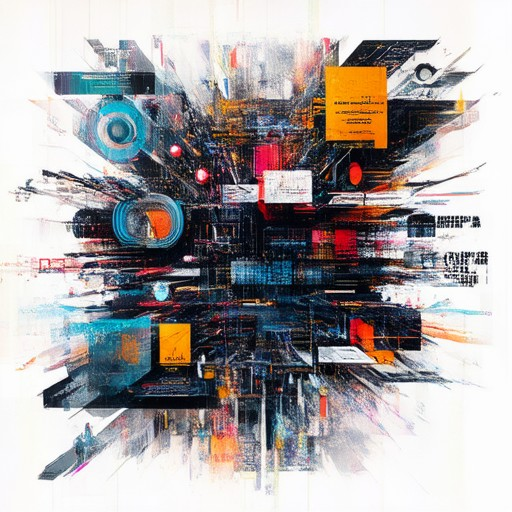
Why Are Typography Trends Important in Web Design?
Typography trends play a pivotal role in shaping the visual identity and user experience of a website. Here’s a breakdown of their significance:
- Readability and User Experience: Clean, legible typography ensures that content is easily digestible, reducing cognitive load and enhancing navigation. Proper font choice and size optimize text visibility across various screen sizes.
- Brand Identity: Typography helps establish brand recognition through consistent styling, color schemes, and spacing, creating a cohesive visual narrative.
- Accessibility: High-contrast colors and scalable fonts ensure that the site is usable by everyone, including individuals with disabilities.
- Aesthetic Appeal: A well-chosen font can elevate the site’s visual hierarchy, making it more engaging and polished.
- Consistency Across Platforms: Responsive typography ensures that the site looks equally appealing and readable on desktops, tablets, and mobile devices.
- SEO Benefits: Proper typography contributes to better content structure and readability, which can positively impact search engine rankings.
- Innovation and Trends: Staying updated with typography trends allows designers to leverage modern styles that enhance user engagement and reflect current design preferences.
By thoughtfully selecting and applying typography trends, web designers can create visually stunning, functional, and brand-aligned digital experiences that resonate with their audience.

Latest Typography Trends Shaping Web Design in 2023
In 2023, typography in web design continues to evolve, blending aesthetics with functionality. Here are the key trends shaping the year:
- Minimalist and Clean Designs: Sans-serif fonts like Helvetica Neue and Roboto remain popular, offering simplicity and readability. Their streamlined forms complement modern UIs.
- Gradients and Colorful palettes: Typographies are increasingly paired with gradient backgrounds, creating visually striking yet balanced designs. Soft, pastel colors often accompany these trends.
- Experimental Fonts: Designers are exploring unique typefaces, such as brush scripts and hand-drawn fonts, adding a human touch to digital interfaces.
- Variable Fonts: Utilizing CSS variable fonts allows for dynamic typography, enabling responsive designs and customizations across devices.
- Clarity Over Complexity: While intricate designs attract attention, legibility remains paramount. Clean layouts ensure information is easily digestible.
- Accessibility Integration: designers are prioritizing font choices that support screen readers, ensuring typography is inclusive and functional for all users.
To stay ahead in web design, explore these trends through resources like 119WebDesign’s typography tutorials . Our guides offer step-by-step insights into implementing these trends effectively.
Typography Trends Influencing Web Design Today
Typography plays a pivotal role in shaping the visual identity and user experience of a website. As web design continues to evolve, several typography trends are emerging, influencing how text is displayed and interacted with. Here are some of the most notable trends impacting web design today:
- Minimalist and Clean Designs: Many modern websites are adopting minimalist typography styles, focusing on simplicity and readability. This trend emphasizes clean fonts with open shapes, ample white space, and a focused hierarchy.
- Bold and Statement Typography: Large, bold fonts are gaining popularity, particularly in header sections and feature blocks. These fonts grab attention and convey strength, ideal for brand messaging.
- Hand-Drawn and Brush Script Fonts: Hand-drawn and brush script fonts are becoming increasingly trendy, offering a unique, artistic touch. These fonts are often used for headings and accents to add warmth and personality to designs.
- Gradient Text Effects: Gradient text is making waves in web design, providing a modern and eye-catching alternative to flat colors. This effect adds depth and visual interest to typography elements.
- Dynamic and Animated Typography: Animations are now being integrated into typography, creating engaging experiences. Text can fade in, animate, or change color smoothly, enhancing user interaction.
- Clarity and Functionality Over Aesthetics: While aesthetics remain important, many designers are prioritizing readability and accessibility. Fonts are chosen for their legibility across devices and screen sizes, ensuring seamless user experiences.
To implement these trends effectively, consider exploring resources like 119WebDesign , which offers comprehensive guides and tools tailored for modern web design needs. By staying attuned to these typography trends, designers can create visually appealing and user-friendly websites that stand out in the digital landscape.
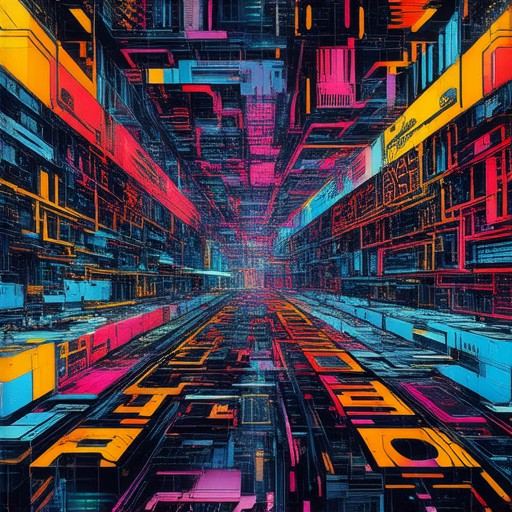
Latest Typography Trends Impacting Web Design in 2023
Typography in web design continues to evolve, driven by creative innovation and user experience considerations. Here are the most prominent trends shaping 2023:
- Customization Tailored to Brand Identity: Brands are increasingly prioritizing unique typography solutions that reflect their core values and visual identity. Custom fonts and tailored typefaces are becoming essential tools for creating cohesive and memorable online experiences. Many designers are turning to platforms like Canva and Adobe Fonts to access a variety of customizable options.
- Minimalist Designs Emphasizing Simplicity: Clean, simple typography remains a cornerstone of modern web design. Designers are opting for sans-serif fonts like Helvetica Neue and Roboto, which are easy to read and convey a sense of trustworthiness. These minimalist approaches are particularly popular in industries like finance and e-commerce, where clarity is paramount.
- Geometric Shapes and Asymmetrical Layouts: While traditional symmetry has dominated typography in the past, 2023 sees a rise in geometric and asymmetrical designs. Fonts with angular shapes and irregular spacing are gaining traction, offering a modern aesthetic that breaks conventional norms. Tools like Figma facilitate the creation of such unique typographies.
- Bold Gradients and Hand-Drawn Fonts: Gradient text effects and hand-drawn fonts are making waves in creative circles. These trends add a dynamic, artistic touch to web designs, often used in landing pages and promotional materials. Platforms like Google Fonts offer a variety of gradient and hand-drawn font options.
These trends underscore the importance of adaptability and creativity in typography. By leveraging tools like Canva and Adobe Fonts , designers can experiment with custom solutions that align with their project goals. Exploring resources from platforms like Google Fonts and Figma can open up endless possibilities for achieving stunning and functional typography in 2023.
Stay ahead of the curve by incorporating these trends into your next web design project. Whether you’re working on a corporate website or a creative portfolio, the right typography can make all the difference in how your audience perceives your brand.
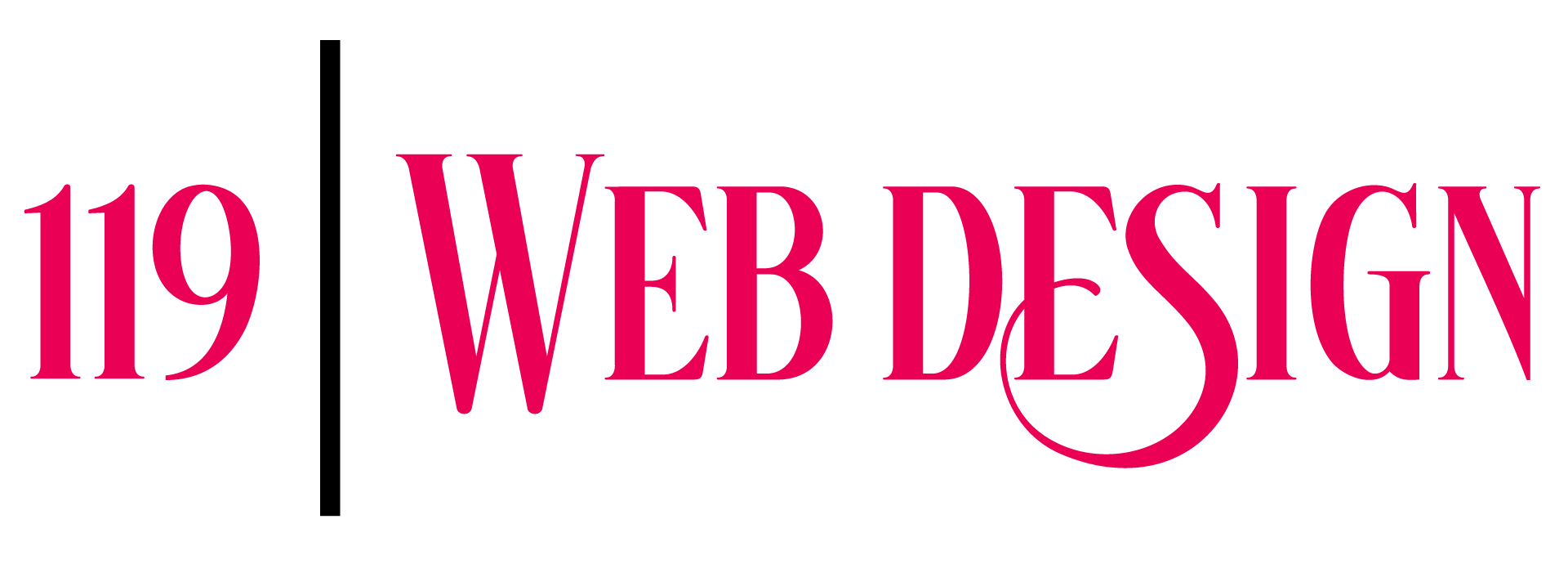


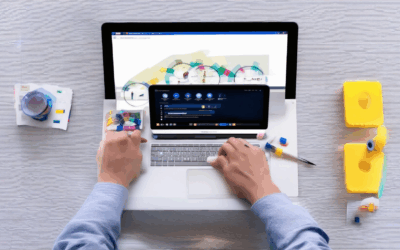
0 Comments